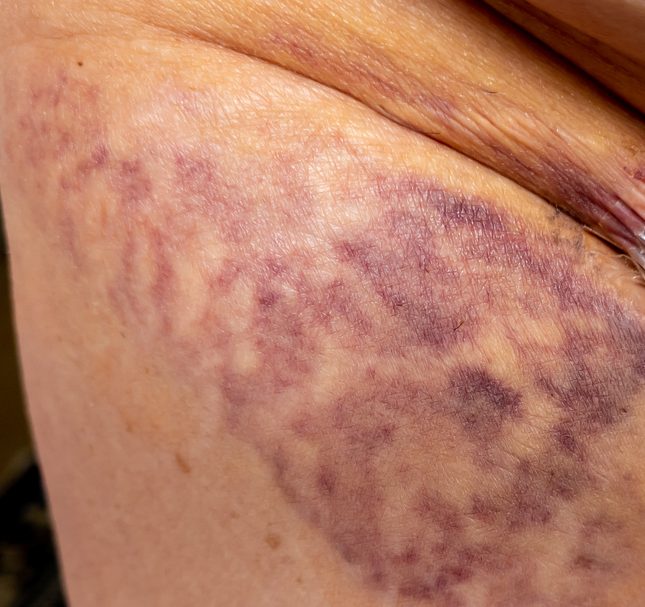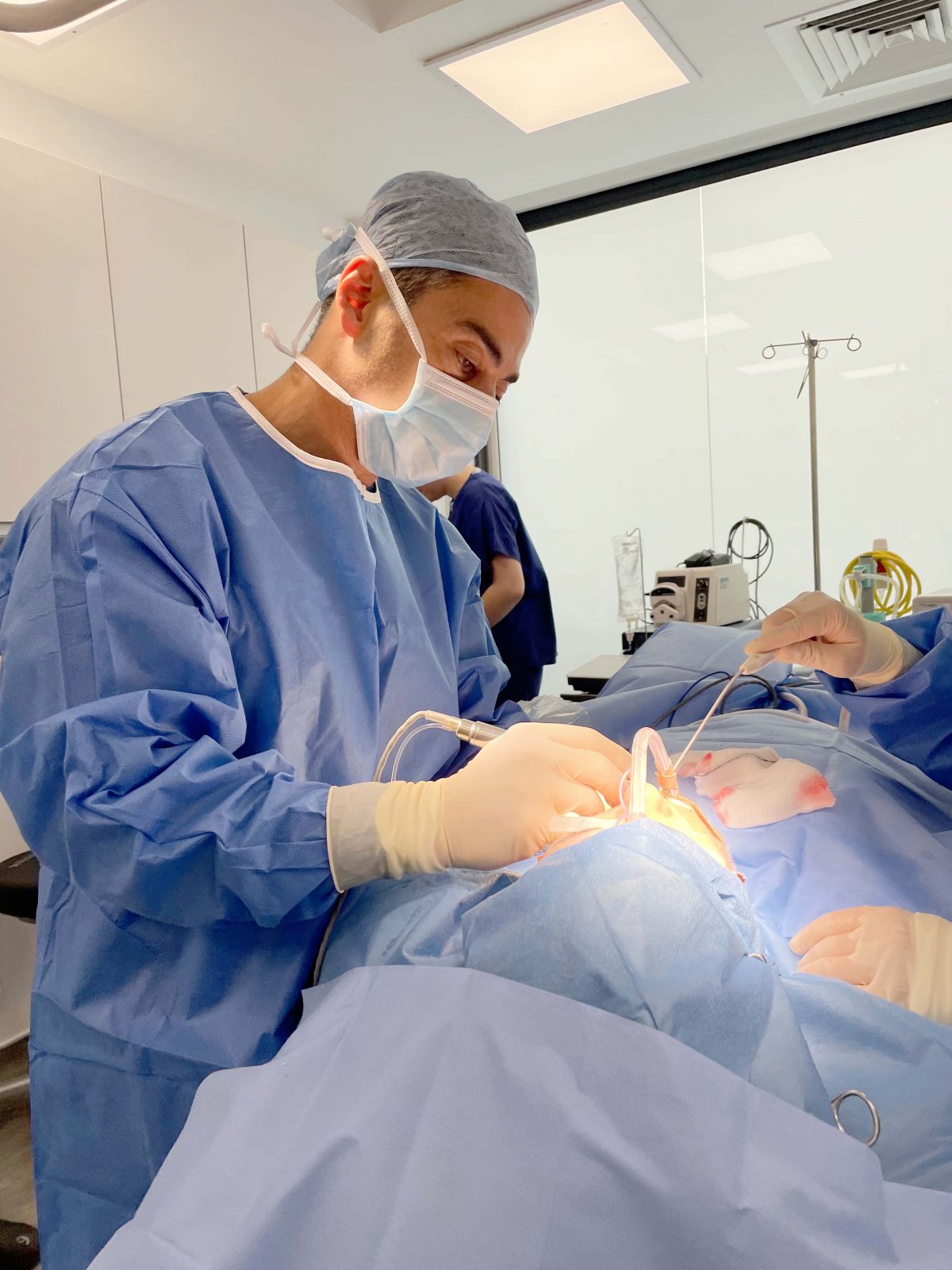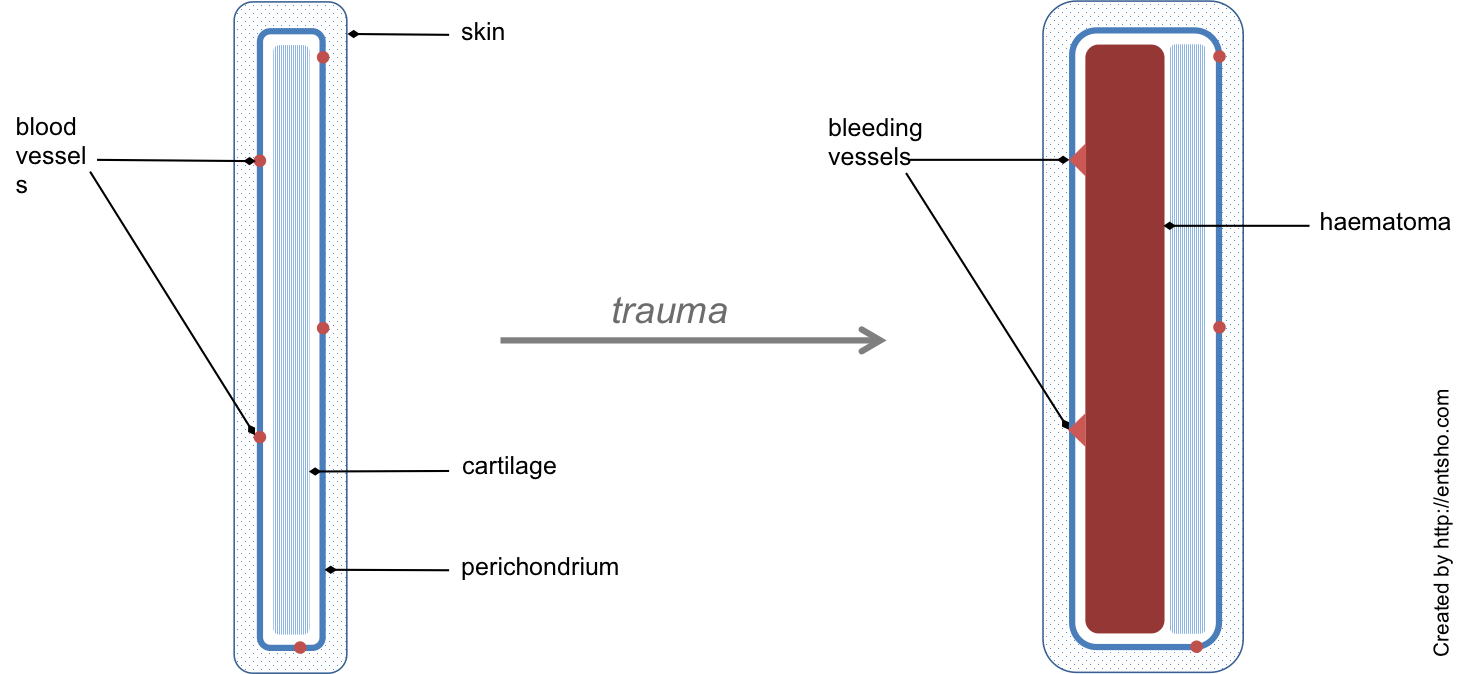
Hematoma After Surgery
WRITTEN BY ALICE VINCENT | CONTENT APPROVED FOR MEDICAL ACCURACY BY DR YANNIS | UPDATED 2023-12-18
Hematoma can occur after surgery, so we’ve created this so you can understand exactly what causes it and how we treat it at 111 Harley St.

What is a Hematoma?
Hematoma is a collection of blood that can occur after surgery. It can make a mark on your skin that looks similar to bruising because blood is trapped under the surface of the skin. Hematoma after surgery is common and often occurs as a side effect of operations such as breast enlargement surgery, abdominoplasty, and face lift surgery.
What causes a Hematoma?
Hematoma occurs when blood vessels flow in to the surrounding skin tissues at the surgical site where tissue has been removed. It is caused by trauma to the blood vessels due to ruptured capillaries, arteries or veins which create a pool of blood.
It can occur within a few hours or even days after a surgery. It is important that the patient takes adequate care of their wounds as any stress on the wound can cause the formation of hematoma. Sometimes, this may be out of your control and actions such as coughing or sneezing can put stress on the wound. You should also be advised to stop taking medications such as iBuprofen and aspirin before surgery as these can increase your chances of blood complications.
Learn more today
Can a Hematoma Be Dangerous?
Sometimes a blood clot can form which creates a lumpy appearance due to the sack of blood. This is actually the body’s way of keeping the bleeding under control so that it doesn’t spread to more areas. Usually this is nothing to be concerned about, but in severe cases if the oxygen cannot reach the skin, the skin can start to die causing infection and necrosis.
How to Treat a Hematoma
In most cases the blood will be reabsorbed into the body but you should always avoid: massaging the area and causing stress on it and taking anti-inflammatory or blood thinning medicines.
You can attempt to reduce a hematoma using the hot/cold method. In the first two days apply an ice pack to the area which will reduce blood flow. Follow this method until swelling subsides. Next, use a heated compress on the area 2-3 times a day.
In some cases, hematoma may need to be surgically drained.
For our patient’s at 111 Harley St., we think of post-operative care as highly as we think of the surgery itself, so you can be assured that if you notice anything irregular – or are unsure about a lump or colouration of your skin post-surgery, for example, we will be able to assist you every step of the way.
More Questions on Hematoma, Answered
Hematoma can occur anywhere on the body, or anywhere there are blood vessels, as a hematoma is caused by a puncture in them. This causes the blood to pool in the tissue surrounding the break. It is thought of as a form of internal bleeding, but it is generally more commonly known as a bruise, one caused by trauma to the skin which is why patients are more prone to get them after surgery.
They are not always considered dangerous, but it’s always advised to get in touch with our Surgical Team so we can monitor the progression of them and if need be, we’ll drain the blood.
There are different types of hematoma, but the most common one that surgical patients can develop would be an auricula hematoma, which is most similar to a bruise.
If your hematoma bursts, speak to our Surgical Team as they will be able to assist you. Generally, however, hematoma’s heal on their own, over time and the skin will return to its usual disposition.
A hematoma looks like a bad bruise so it can look like a deep purple, yellow or red colour – often a mix of all.
Hematoma’s can be hard and tender upon touch, deeper ones may have a lumpy, or rubbery texture.
This can be a rare complication of a hematoma, so if you develop a rash or the skin on your lips, tongue or hands, becomes blotchy and grey, be sure to visit your doctor or nearest hospital.
